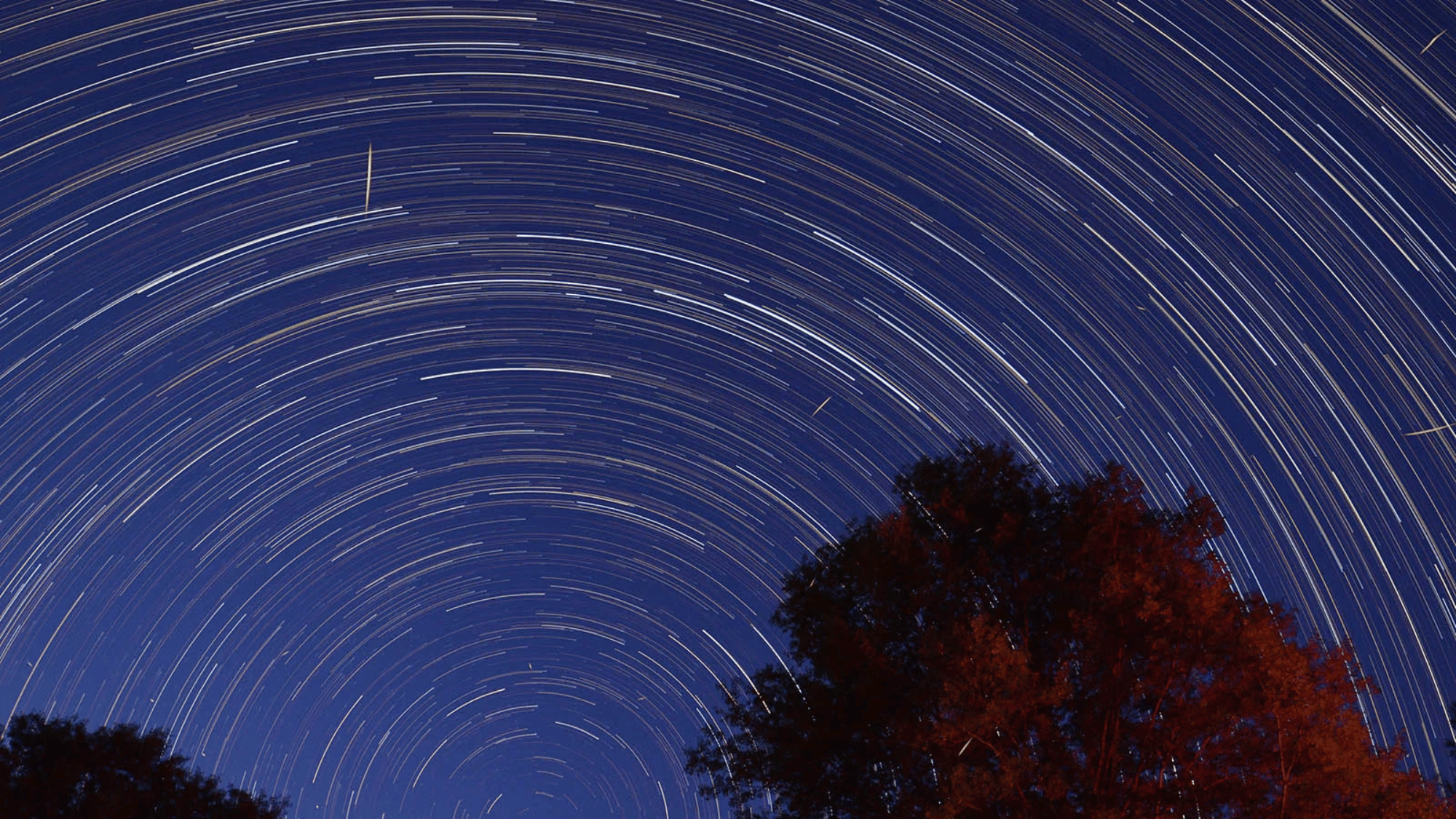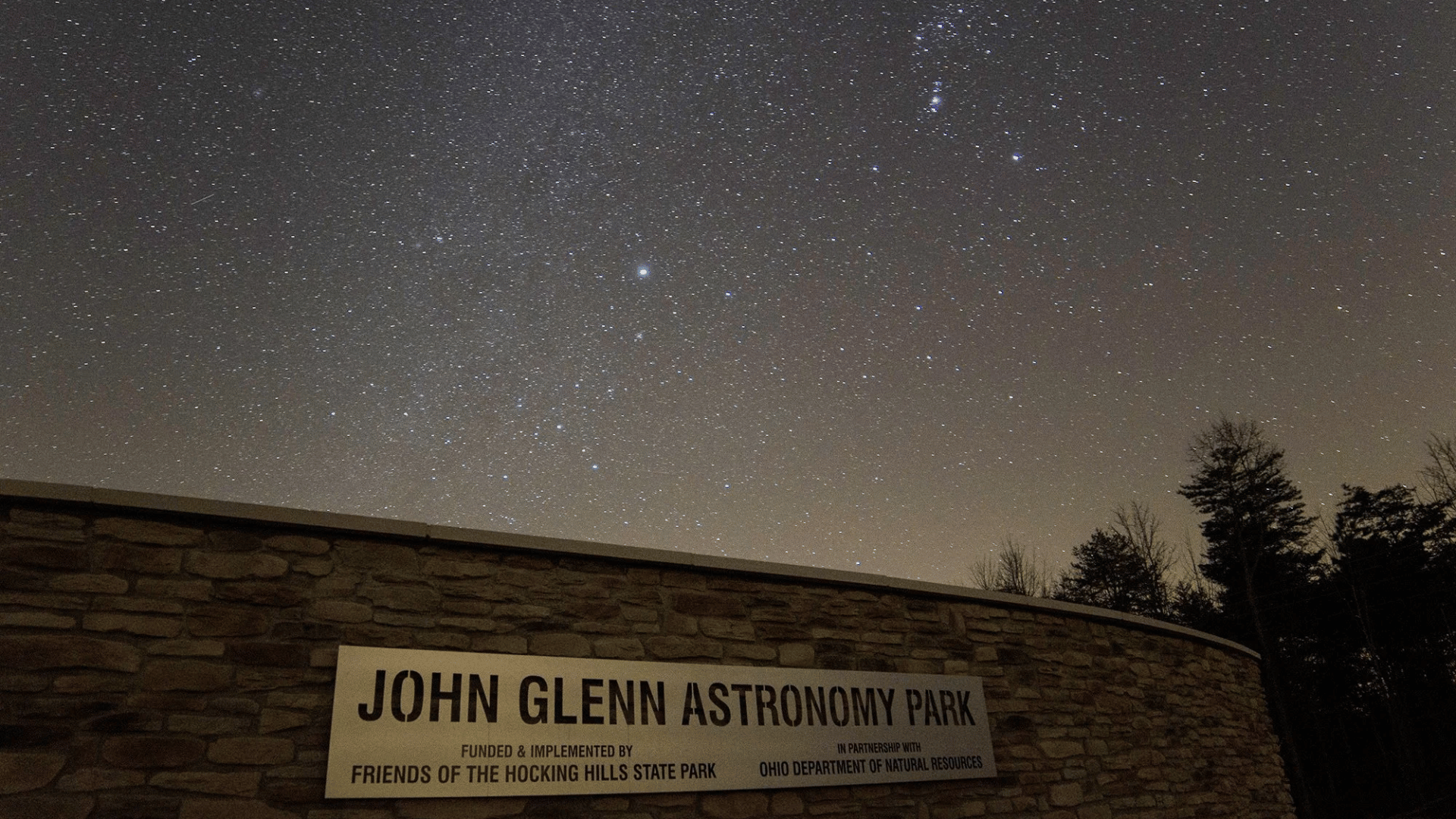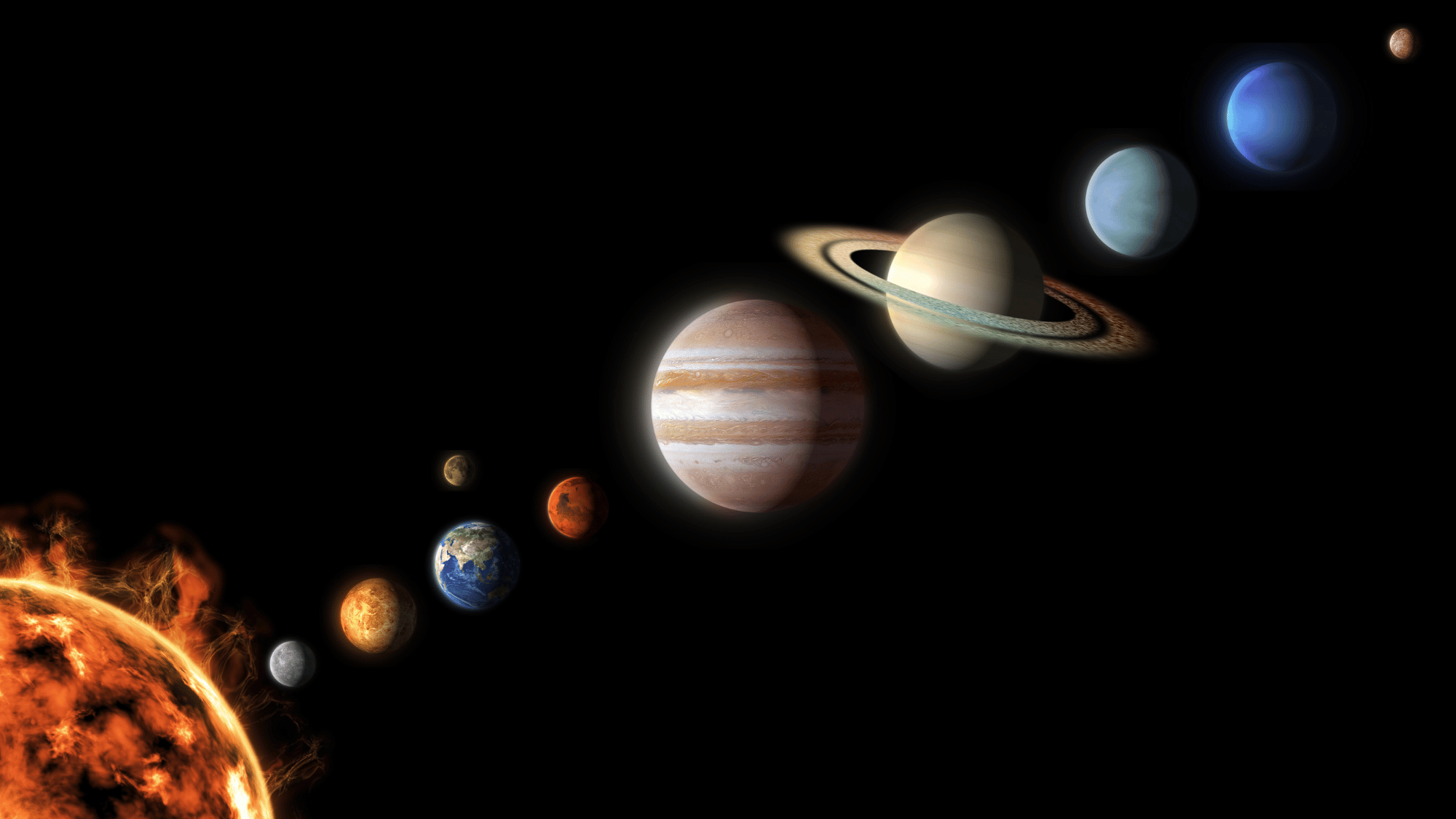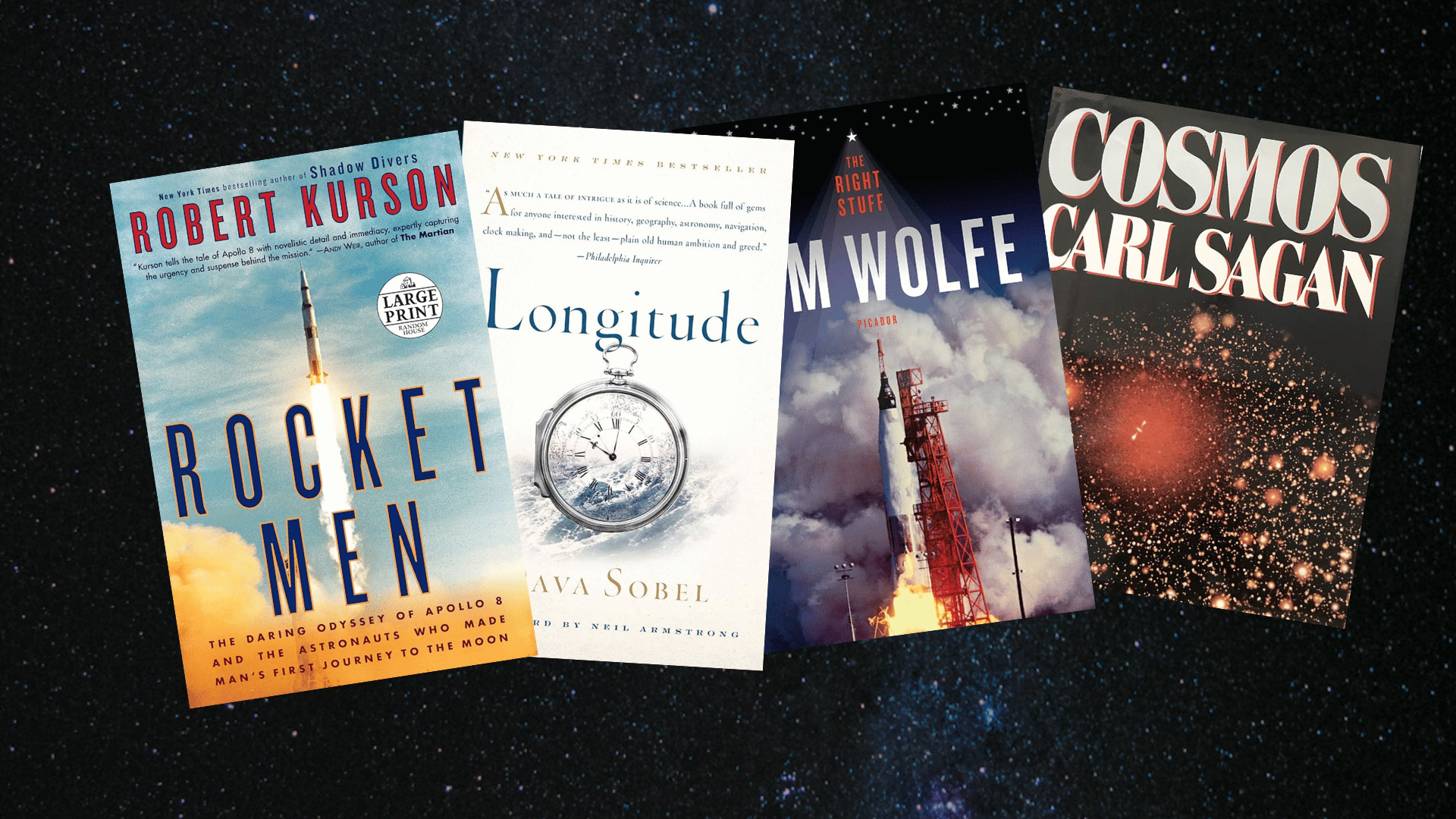Have you ever wondered what it’s like to see the universe without leaving Ohio?
John Glenn Astronomy Park offers an opportunity for families and space enthusiasts to find the wonders of the night sky together.
This blog post covers everything readers need to know about this amazing destination. It covers all the essential information about what makes this location so special.
The universe holds countless mysteries waiting to be found right in your backyard. Ready to find out why this astronomy park should be your next destination?
Story Behind John Glenn Astronomy Park
This Park was established to honor Ohio’s most famous astronaut and inspire future generations of space travellers.
Named after John Glenn, who became the first American to orbit Earth in 1962, the park celebrates his remarkable contributions to space research and his roots.
Glenn, born in Cambridge, Ohio, made history during his Mercury mission.
The park was created through a collaboration between local astronomy clubs, educational institutions, and community supporters who shared a vision of making astronomy accessible.
This facility serves as both a memorial to Glenn’s legacy and an active center for astronomical education and research.
The Legacy of John Glenn and His Impact on Space Exploration
John Glenn made history as the first American to orbit Earth aboard Friendship 7 in 1962, completing three orbits during his groundbreaking Mercury mission.
His courage and dedication inspired people to pursue careers in science and space exploration.
In 1998, at age 77, Glenn returned to space aboard Space Shuttle Discovery, becoming the oldest person to fly in space.
Beyond his astronaut career, he served as a U.S. Senator for 24 years, continuing to advocate for science education and research.
This astronomy park honors his remarkable career by providing accessible space education to visitors of all ages.
The park keeps his spirit of exploration alive, inspiring new generations to look upward and dream about reaching the stars just as Glenn did throughout his extraordinary life.
Planning Your Visit to John Glenn Astronomy Park

Image Source: JGAP
These essential tips help visitors maximize their astronomical event and ensure a comfortable, memorable evening under the stars:
Best Times to Visit for Stargazing
- Plan visits during new moon phases when skies are darkest for optimal viewing.
- Spring through fall offer the most organized events and comfortable temperatures.
- Check weather forecasts before visiting and choose clear, cloudless nights.
- Arrive after sunset when the sky begins darkening for the best observations.
- Check the event calendar for special programs like meteor showers and planet viewings.
What to Bring and How to Prepare
- Dress in warm layers since nighttime temperatures drop significantly.
- Bring blankets, sleeping bags, or reclining lawn chairs for comfortable viewing.
- Use only red flashlights or red phone apps to preserve night vision.
- Pack snacks and water for extended observation sessions lasting several hours.
- Bring insect repellent during warmer months when mosquitoes are active.
- Consider binoculars for additional viewing beyond park telescopes.
Location and Access to John Glenn Astronomy Park
Everything you need to know about finding and visiting this remarkable astronomical destination.
| Category | Details |
|---|---|
| Location | Near Logan, Ohio, in Hocking Hills State Park. |
| Driving Distance | 1 hour from Columbus; 2 hours from Cleveland/Cincinnati |
| Hours | Year-round access; evening observing sessions; extended hours for special events |
| Parking | Free on-site parking with restroom facilities available |
| Accessibility | ADA-compliant pathways, wheelchair accessible telescopes, and family-friendly |
Inside John Glenn Astronomy Park

Image Source: jgap.info
From state-of-the-art observatories to educational centers, every aspect of the park is built to inspire wonder and learning about the universe:
Observatory Facilities
The park features multiple observatory buildings housing professional-grade telescopes for public viewing.
The main observatory contains a large reflecting telescope perfect for observing planets, nebulae, and distant galaxies.
Smaller observation domes provide additional viewing opportunities and accommodate educational groups. Climate-controlled environments ensure optimal viewing conditions year-round.
Telescope Collection
This park maintains an impressive collection of telescopes for public use. Professional-grade instruments allow visitors to observe celestial objects in detail.
Portable telescopes provide flexibility for different viewing angles and targets.
Knowledgeable volunteers assist guests with telescope operation and help locate interesting objects in the night sky.
Dark Sky Viewing Areas
Multiple designated viewing areas throughout the park minimize light pollution for optimal stargazing.
Open fields provide unobstructed views of the entire sky dome. Comfortable seating areas allow families to enjoy extended observation sessions together.
Red-light pathways preserve night vision while ensuring safe movement around the grounds.
How the John Glenn Astronomy Park Helps Protect Dark Skies
The park takes dark sky protection seriously. Located in Hocking Hills, the park sits in a naturally dark area with low light pollution.
This allows visitors to see the Milky Way clearly with their naked eyes. The park uses a detailed Lighting Management Plan to keep skies dark.
All lighting fixtures are fully shielded and produce low glare. Lights only turn on when absolutely necessary, using timers or motion sensors.
Park officials regulate visitor lighting activities, too. They limit bright lights, excessive camping lights, and light painting techniques.
The park constantly measures and monitors sky quality over time. These efforts protect nocturnal wildlife and preserve the nighttime environment.
Both amateur and professional astronomers benefit from these conservation practices.
Conclusion
John Glenn Astronomy Park offers an opportunity to see the wonders of the universe while honoring Ohio’s greatest space hero.
From state-of-the-art telescopes to educational programs, this remarkable facility provides unforgettable experiences for visitors of all ages.
If you’re a curious beginner or a passionate astronomy enthusiast, the park’s dark skies and expert volunteers create the perfect environment for viewing the cosmos.
Ready to begin your own astronomy thrill? Plan your visit to this park today and experience the magic of the night sky firsthand.
Frequently Asked Questions
Is John Glenn Astronomy Park Free?
This park offers free admission and year-round 24-hour access, with most organized events scheduled during the spring and fall seasons for optimal viewing conditions.
Where is the Darkest Place in Ohio to See Stars?
Observatory Park holds International Dark-Sky Association Silver Tier status, making it one of only two Dark Sky Parks in Ohio and 111 worldwide as of February 2023.
Can You See the Milky Way at JGAP?
Yes, the Milky Way is clearly visible to the naked eye at John Glenn Astronomy Park due to its exceptionally dark skies and low light pollution.


















